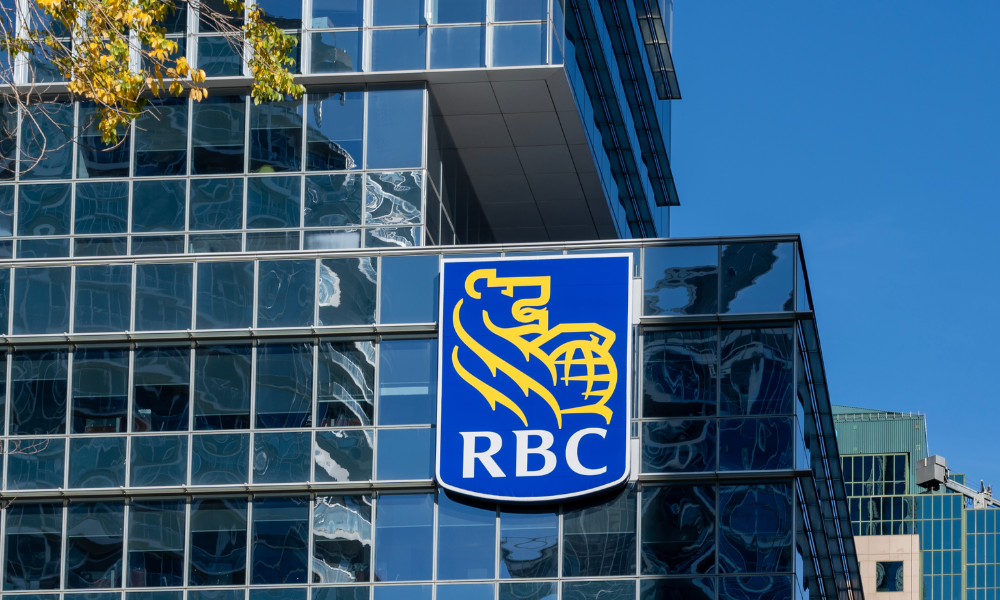One of Canada's top banks to electrify 1,200 branches by 2035

RBC has launched a plan to reduce its carbon footprint by retrofitting its branch network across Canada.
The banking giant announced a $35 million investment over the next three years to retrofit its 1,200 Canadian branches. This multi-million-dollar plan aims to cut 10,000 tonnes of onsite carbon emissions from its operations.
"Progress is needed to reduce emissions that come from the buildings we work in, which largely stem from their heating source," said Jennifer Livingstone, vice president of enterprise climate strategy at RBC, "which is why we have made this ambitious commitment to our clients, colleagues, and other stakeholders including our investors. It is one of our largest opportunities for emissions reduction within RBC's operations."
The first phase of this plan involves installing energy-efficient, low-carbon heating and cooling systems, such as heat pumps, to replace aging HVAC equipment. The bank will start with the 62% of branches where it controls HVAC systems, with a goal to complete this work by 2035. RBC will also collaborate with landlords at the remaining locations to continue the electrification process.
Impact on carbon emissions
Approximately 40% of RBC's operational carbon emissions come from its retail locations. By updating these systems, RBC estimates it can reduce total branch emissions by 70%.
The initiative comes as the federal government recently announced a new strategy to accelerate the retrofitting of residential, commercial, institutional, and federal buildings to improve energy efficiency.
While emissions per square metre have fallen in recent years, residential buildings have made more progress than commercial ones, reducing emissions by about 25% compared to 7% since 2000, according to RBC’s report.
"Achieving Canada's climate targets requires the building sector to prioritize energy efficiency and eliminate its reliance on combustion for heating, cooling, and hot water service for all new and existing buildings," said Thomas Mueller, president and CEO of Canada Green Building Council.
"Industry commitments, such as RBC's to accelerate the electrification of their properties, is a positive first step in achieving wider decarbonization across building portfolios. Verification of performance through trusted third-party certifications is also critical in measuring and reporting on progress."
Collab with landlords
RBC controls the HVAC units in 62% of its branches through ownership or lease agreements. The remaining 38% are managed by landlords. Jon Douglas, director of global sustainability at RBC, emphasized the importance of collaborating with landlords to achieve climate goals.
Read more: Climate change concerns and mortgage lending
Douglas noted that RBC has started an outreach program to understand landlords' climate targets and explore collaborative opportunities. He highlighted an ongoing collaboration with a landlord of a flagship property to achieve net-zero greenhouse gas emissions at the office site by 2040.
With 22 million square feet of real estate, mostly leased from 500 landlords, this engagement is expected to "drive more climate action in the real estate sector," Douglas said.
Make sure to get all the latest news to your inbox on Canada’s mortgage and housing markets by signing up for our free daily newsletter here.



